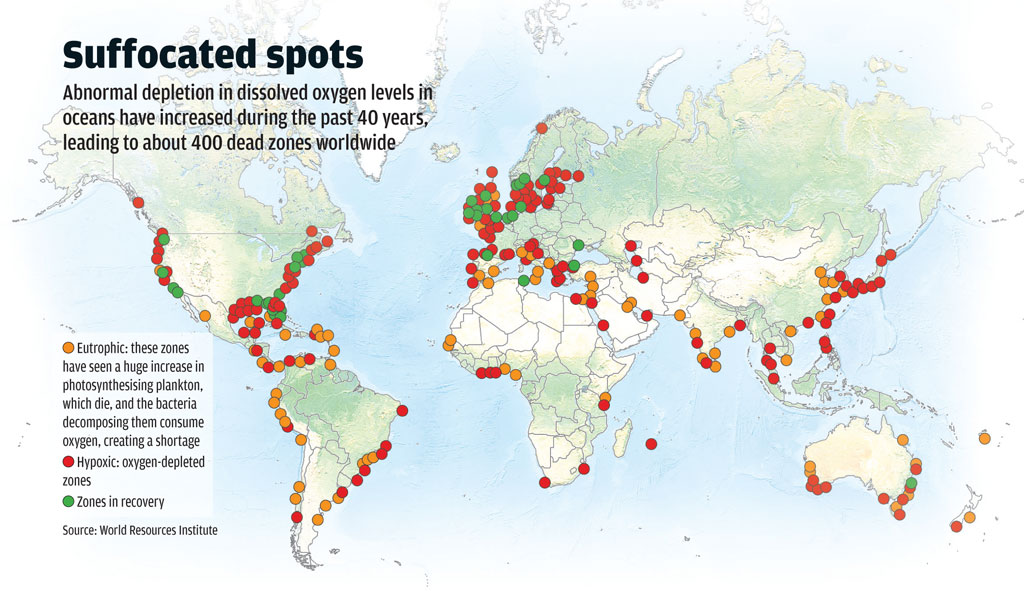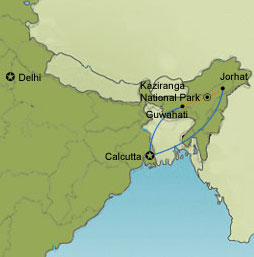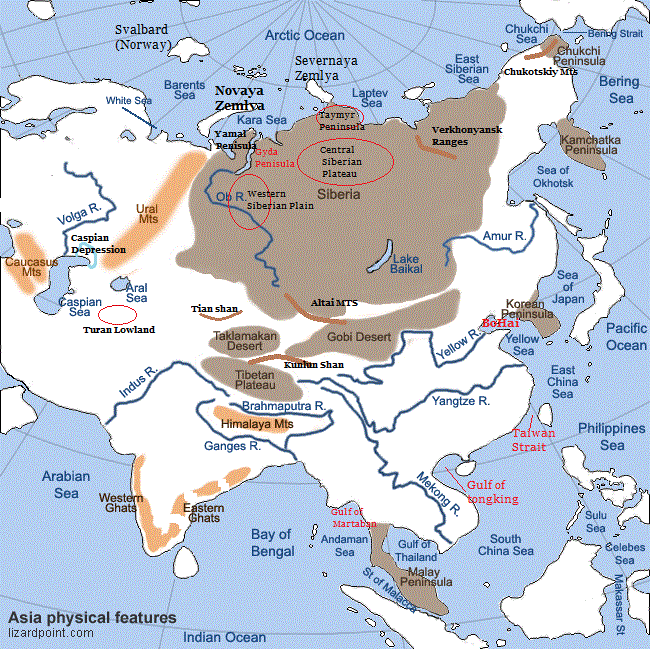900 319 0030
enquiry@shankarias.in
Turtle frog (Myobatrachus gouldii)

Dead Zones

Integrated Management of Public Distribution System (IM-PDS)
Drought Hit regions
Mega fauna
Kaziranga National Park

Map of the Day
Asia Physical

Source: PIB, The Hindu, Business Standard